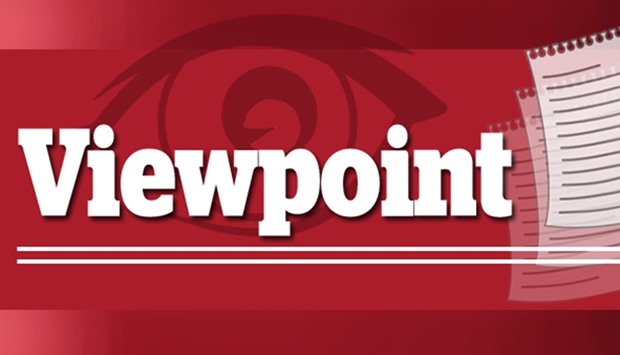Amid a slowing economy and a slew of mixed signals from the environment ministry, China’s embattled local governments are facing a dilemma: do they go all out to curb smog this winter, or do their best to keep factories humming?
China has promised to put an end to a “growth at all costs” economic model, which has blackened its skies and contaminated large stretches of its water and soil.
The government just embarked on another winter campaign against polluters in a dozen smog-prone provinces and regions.
Environmental compliance has become a key test of political loyalty among local officials, but this year they must plot a course that will also keep the economy on track.
That could be tricky, as China’s third-quarter growth is at its slowest since the global financial crisis a fact Beijing has acknowledged.
“Local governments in the polluting regions are working hard to reduce air pollution but also are exhausted,” said Zhu Shu, the regional director of the East Asia Secretariat of the International Council for Local Environmental Initiatives (ICLEI), a Bonn-based think tank that helps local governments tackle pollution.
Though local authorities have been asked to show more flexibility in cracking down on polluters, the new approach has already sown confusion.
If officials show leniency, they are accused of chasing growth, but if they come down hard, they are considered brittle bureaucrats.
With the goalposts constantly shifting, few know how to strike the right balance, experts said.
“We have seen ‘name and shame’ statements from the Ministry of Ecology and Environment accusing (local governments) of either ‘failing to do their duty’ or ‘overdoing it in a wrong way,’” said a researcher with ties to the ministry who declined to be identified because he is not authorised to talk to the media.
China last year forced 28 northern cities to curb industrial output, traffic and coal consumption to reduce emissions of small, breathable particles known as PM2.5 by at least 15% from November 2017 to March 2018.
Economists with China’s Tianfeng Securities said last year’s controls — which included the closure of vast numbers of industrial plants, some permanently — would cost 40,000 jobs in the Beijing-Tianjin-Hebei region alone.
Heavy industrial cities throughout the north have struggled to diversify their economies, and delegates to parliament this year urged Beijing to provide more financial support.
The targeted cuts for 2018 are much lower, though the controls have now been extended to as many as 79 cities.
Many are under pressure to cut PM2.5 by about 3%, but some are still making provisions to close up to half of their factories when required.
According to Reuters analysis of official government data, PM2.5 readings in the 79 cities stood at an average of 69.8 micrograms in November this year, 14% higher than the same period last year.
Of the total, only 32 cities saw improvements over the period.
To minimise disruptions, companies in Hebei province — normally China’s most polluted — have also been placed into four categories, with only those in the lowest class subject to stringent shutdowns this year.

Viewpoint


